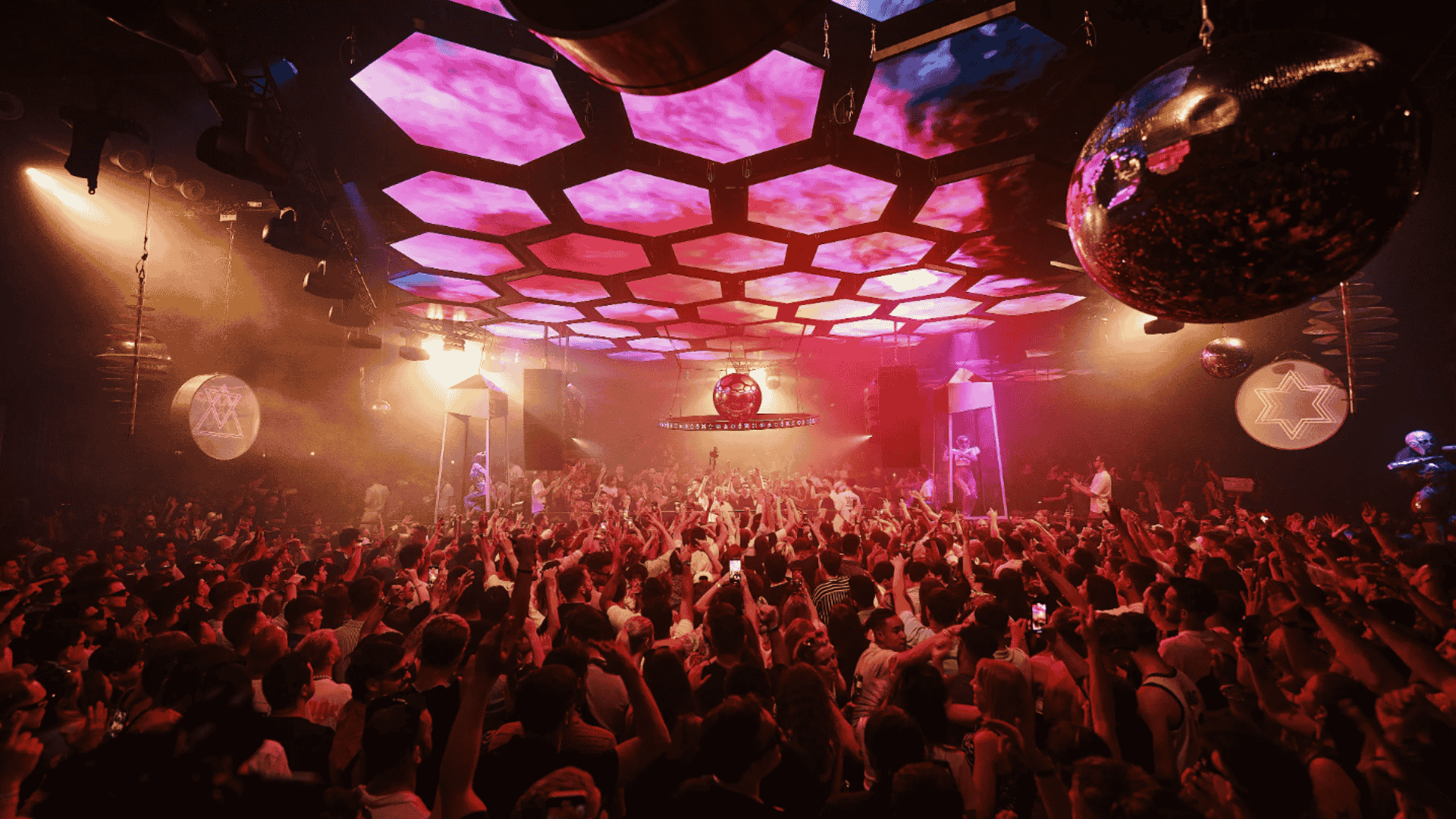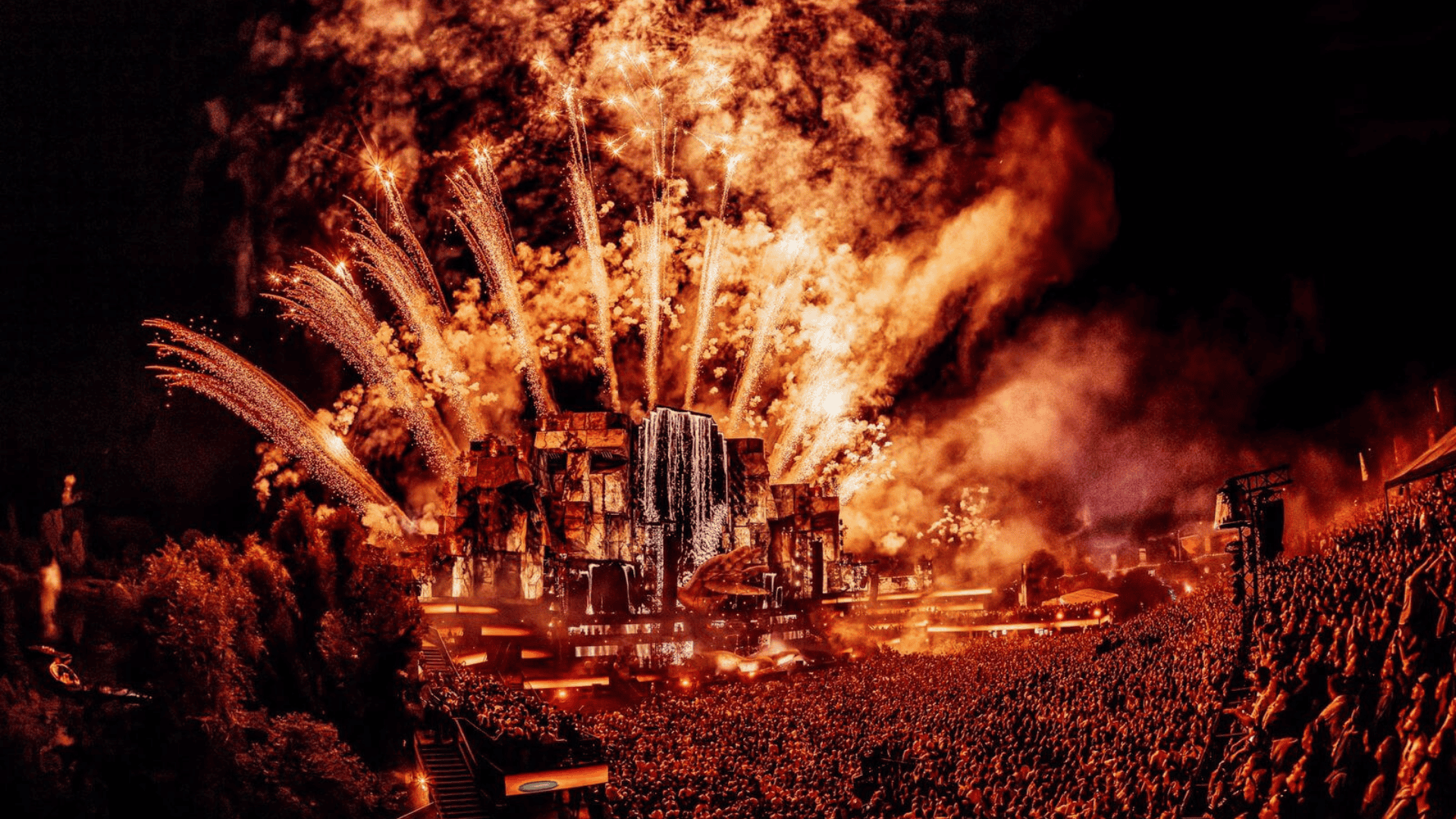The Nightlife Economy: How Rising Artist Fees Affect Dance Music
Industry insiders claim that spiraling artist fees are threatening the vitality of the entire dance music (EDM) scene.

The nightlife scene teeters on the brink of a financial precipice. Still, this time, neither governments nor regulations are to blame. According to many industry insiders, the gravest threat to the nightlife culture currently stems from the skyrocketing payments demanded by artists.
If these costs continue to escalate, they fear the potential formation of an “economic bubble” that could spell disaster for the industry — excluding major festivals and headline acts, which may remain unaffected.
The Industry Consensus on Artist Fees
In discussions with Chandler Shortlidge from Mixmag, the consensus is clear — artist fees are excessively high. However, opinions diverge when it comes to pinpointing responsibility. Berlin-based DJ, producer, and record label owner Ben Rau highlights an uneven distribution as the root of the issue, noting that “the artists commanding these high fees represent only 1% of the music industry.“
Dan Sumner from Pretty Pretty Good points to artist agencies, accusing them of harming the culture by no longer negotiating with organizers as they once did and only working with the highest bidders. “When you close the doors to negotiation, you leave smaller yet successful organizers with no other choice but to face extinction,” he explains.
Josh Doherty of Posthuman adds that sponsored festivals and events paying inflated fees have raised agencies’ expectations, with agencies now refusing to work for less. Andy Blackett from Fabric offers a broader perspective, suggesting that blaming one party is too simplistic.
“We are all responsible for the state of the industry. It’s not just one person’s fault.“
The Impact of Financial Dynamics on The Scene
The dance music industry has undergone significant changes over the past decade. The IMS Business Report indicates that the industry’s value has risen from $4 billion in 2012 to $11.3 billion in 2023, with dance music now enjoying over 2 billion listeners globally.
DJs have become brand ambassadors for major corporations, and marketing expenditures have increased by 30%. These developments have facilitated ongoing growth within the dance music phenomenon, says Rau, simultaneously prompting even mid-tier DJs to demand higher payments due to indirect decreases in song revenues and alternative income sources.
Venue Closures and The Role of Artist Fees
From 2013 to 2017, the UK club sector shrunk by 1%, and last year it contracted by 21%. Iconic venues such as New York’s Output, Miami’s Heart, Rotterdam’s BAR, and Paris’s Batofar have been forced to close, following this trend.
While several factors, including increased rents, competition from festivals, and social dynamics, contribute to these closures, escalating artist fees play a direct role, as Blackett points out.
“Every day, the cost for clubs to sell a single ticket rises. Unfortunately, some artists and their agencies fail to understand this. The mindset of new agencies is fixated on the notion that their artists should be valued higher because ‘we sold out last year, so we’ll demand more this year,’ neglecting the venues’ and organizers’ efforts that contributed to these sold-out events.“
The Perils of Headliner Culture
The headliner culture, as Blackett criticizes, has reached saturation, making dance music tedious.
“Five years ago, there were a few places like Fabric where we developed our own concepts and nights. Now, every weekend, you can expect to see the same artists at large festivals in Printworks, Tobacco Dock, Croatia, or Ibiza. There’s hardly any originality left.“
Ben Rau and Eric Cloutier believe that mid-tier artists suffer due to the high fees paid to headliners, forcing organizers to exclude them from lineups to minimize financial risks. “When you allocate 80% of your budget to a single artist, you economically wipe out the middle tier,” they assert.
Rachael Williams, artist booking director at Rye Wax, supports Rau and Cloutier’s views.
“When you gather so many high-paid artists, you must reflect that in ticket prices. This inevitably means people only want to see names they recognize, exacerbating economic disparities among artists and making electronic music accessible only to a select few. Small organizers lose more money, while big ones make more, ultimately inflating the sector into a bubble that cannot be ignored.“
The Exclusivity Dilemma
The exclusivity offered, where artists agreed not to perform anywhere else within a designated area for a certain period, adds another layer of complexity. Williams and Sumner believe these deals prevent smaller organizers from surviving unless they can compete on price, which they often can’t. Williams questions the benefits of exclusivity.
“It serves the interests of large organizers, but it’s pushing us toward a monopoly.“
a Call For Balanced Agency Relations
“In a market driven solely by financial gains, there are still agencies trying to find a middle ground,” says Keira Sinclair of POLY. Artists, for instance, work with organizers to negotiate fees reflecting local social and economic conditions. “We ask organizers to prepare budgets that include projected revenues and costs, aiming for fair working conditions for all involved. We live in a capitalist society, but that doesn’t mean we can’t support underground parties that aren’t solely profit-driven,” Sinclair elaborates.
The sector agrees on one thing: DJs and agencies deserve fair compensation. Considering DJs are no longer just DJs — they handle background tasks and face fatigue and mental health issues — understandably, they want prompt payment for their relentless schedules. “Successful artists spend their weekdays in the studio and weekends on the road, never really stopping. It’s only fair they get paid promptly for their hard work,” Sinclair notes.
However, the agency representative, who has been unnamed for confidentiality reasons, insists that this pressure creates a high-tension environment among agencies, artists, and their managers.
“Now that performances are the primary income source for many artists, it puts incredible pressure on agencies. More pressure means more work, which justifies higher prices. But to simply blame the agencies is to shirk responsibility.“
Deepening the scenario requires understanding that although the amounts may seem large, the average agency takes 15%, and the typical management takes 20%. This means that 35% of the total fee goes to intermediaries.
Additionally, the increasingly common landed fee agreements, where artists cover their travel expenses, can result in losses without adept management. Cloutier finds the current situation troubling.
“If someone demands 50,000 euros for a two-hour set, who really benefits? When these amounts are paid, organizers start cutting costs elsewhere, diminishing the audience’s experience.“
The Need For a Leveraged Payment System
So, what can be done to prevent dance music from bursting its bubble?
Sharing risks and rewards could be the answer. A leveraged payment system might simplify the process for agencies, but both agencies and artist managers need to be more flexible. Artists should also take a more active role in assessing the offers they receive, as many are unaware of smaller-scale events that could help develop dance music culture.
Blackett’s solution at Fabric involves a leveraged payment system. If an artist’s usual fee is 7,000 pounds, Fabric might offer 4,000 pounds upfront. If the event sells out, the artist receives 10,000 pounds; if not, the payout remains lower, sharing the financial risk.
“This ensures the artist puts in sufficient effort for the show, knowing they can earn more with a good performance. It’s a way for all parties to share both risks and success.“
Advocating For Transparency and Collaboration
Clear communication is crucial for other venues and organizers. As Blackett notes, London venues have started collaborating more, sharing details about bar revenues, ticket sales, and artist fees.
“We’ve competed enough; now it’s unsustainable. If venues report falsely high sales to agencies, they’re setting themselves up for higher fees next time. Be honest with agencies.“
Future Outlook and Preventive Measures
As discussed earlier, the sector’s uncontrolled growth mirrors America’s 2008 Mortgage Bubble. According to Blackett and Sumner, a “collective demolition” is imminent.
“Honestly, dance music is reaching its final growth stages. There’s too much supply and demand right now, and ignoring this reality is like being willfully blind. If the small organizers vanish, the sector’s collapse will be swift. Without small clubs, agencies and artists will eventually have to reduce their fees. It’s impossible to play at a festival every weekend. The underground culture will need to expand. Right now, dance music has lost its true stance. We need to regain it.“
While the allure of returning to dance music’s underground roots may appeal to some, the recovery from inflated artist fees, unnecessary exclusivity deals, and the destruction wrought by headliner culture could take years.
For the sake of the entire sector, stakeholders must act swiftly before it’s too late.



